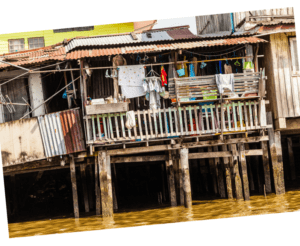The struggle between meeting humanitarian and development needs with that of building a retail business, is one with which we at the Artesan Gateway are all too familiar. In fact, the tension is all too real for many a social enterprise and NGO, who have the dual mission of providing skills training and employment while, at the same time developing a retail arm of the business.
A recent article in Fast Company Design, featuring designer Angela Luna’s launch of her company ADIFF, outlined some of the challenges many face. For Luna, part of the struggle had to do with financing. Luna’s idea was to use fashion to meet the need of refugees by designing clothes that turn into functional items such as tents. As funding for what is interpreted as a ‘charity’ venture was hard to come by, Luna’ began to focus on developing a retail fashion brand that can support the costs associated with developing a line to meet humanitarian needs.
There are numerous examples of both designers as well as organizations who have ended up separating the humanitarian side of the business from retail. But why is that funding for such endevaours is hard to come by? Organizations that provide consumer products within a humanitarian context are meeting the need of a market segment too.
We’d love to hear from organizations and designer who have struggled with this dilemma and challenge. What have been your learnings? With the increase in social businesses and the prevalence of design thinking, perhaps the marginalized within the humanitarian context can slowly be viewed as an important segment of the market too.

